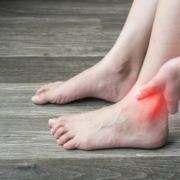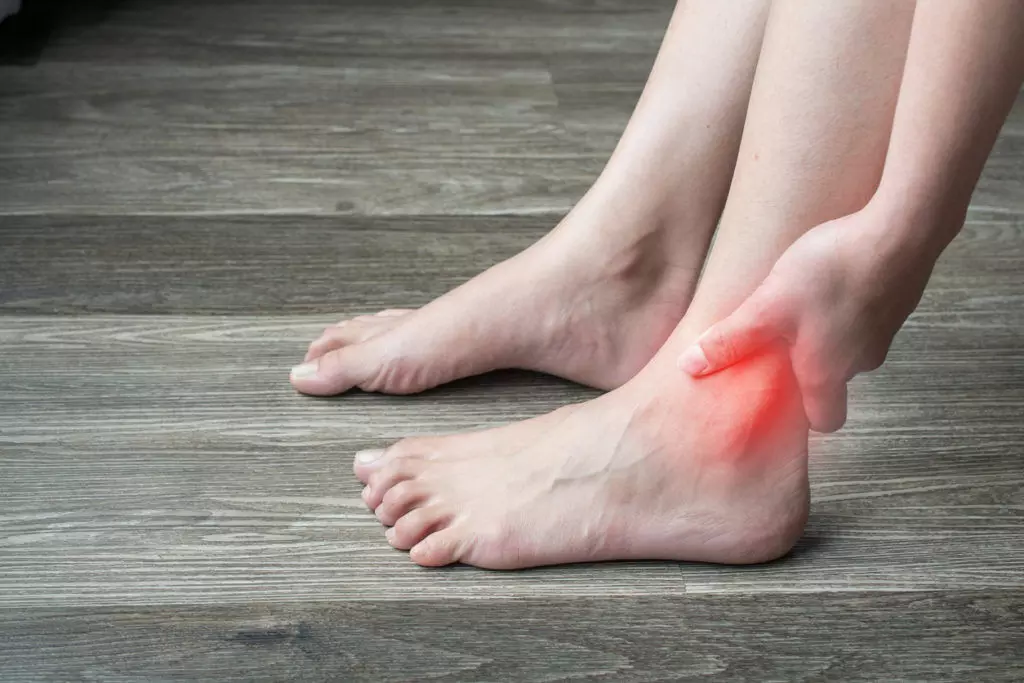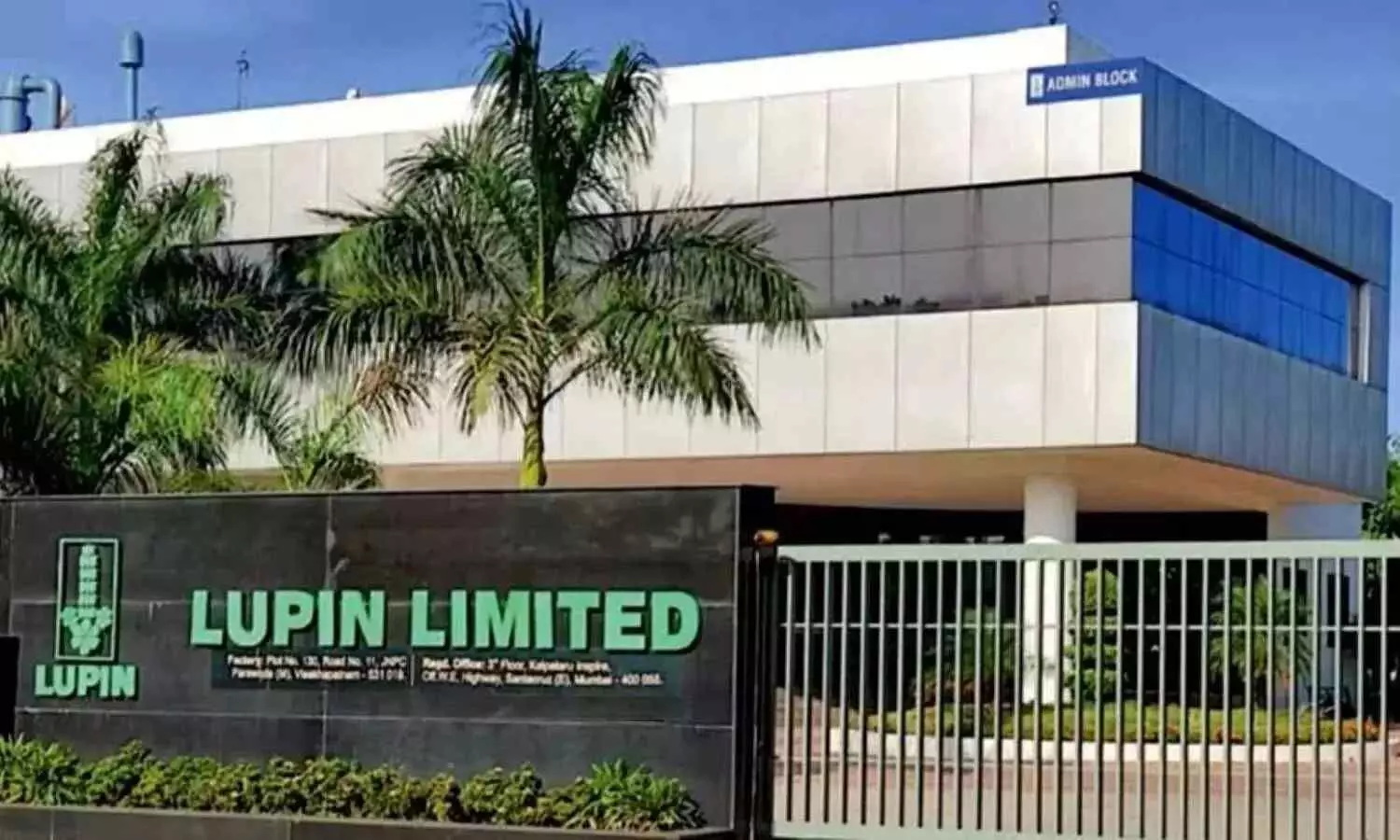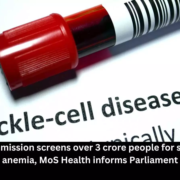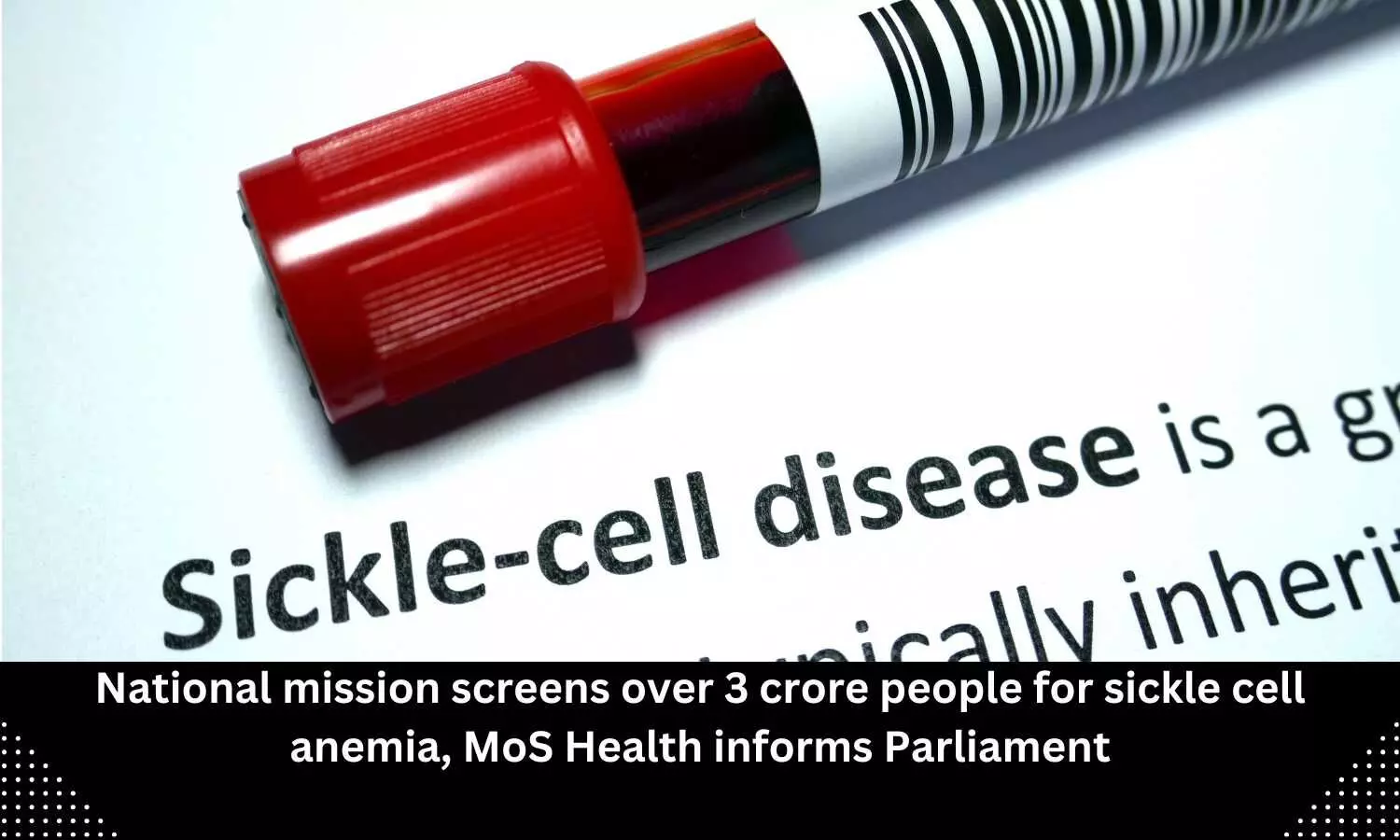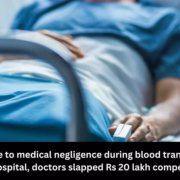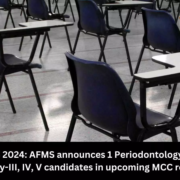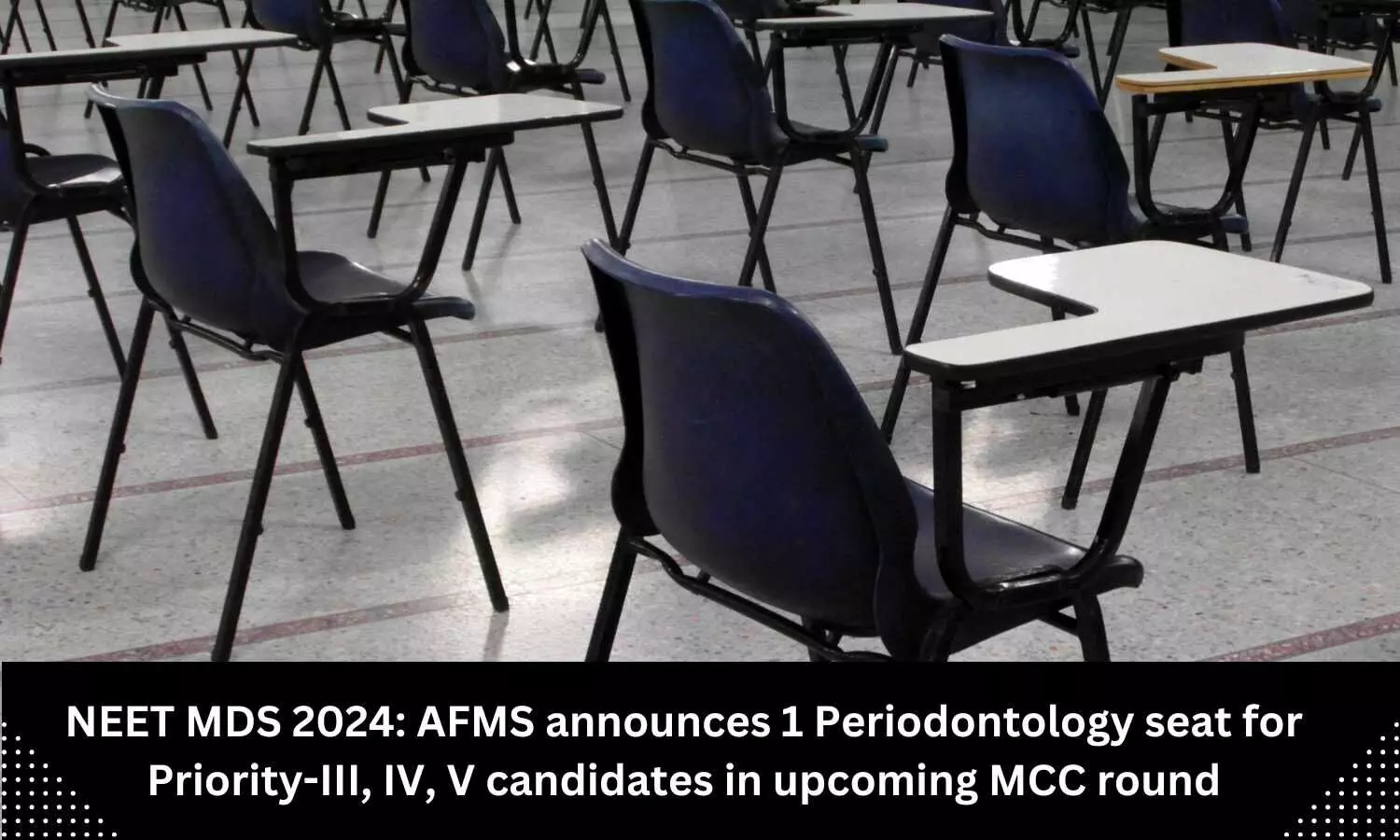Statin Use Linked to Higher Glaucoma Risk, Especially in Older Adults and Those with Elevated LDL-C Levels: Study
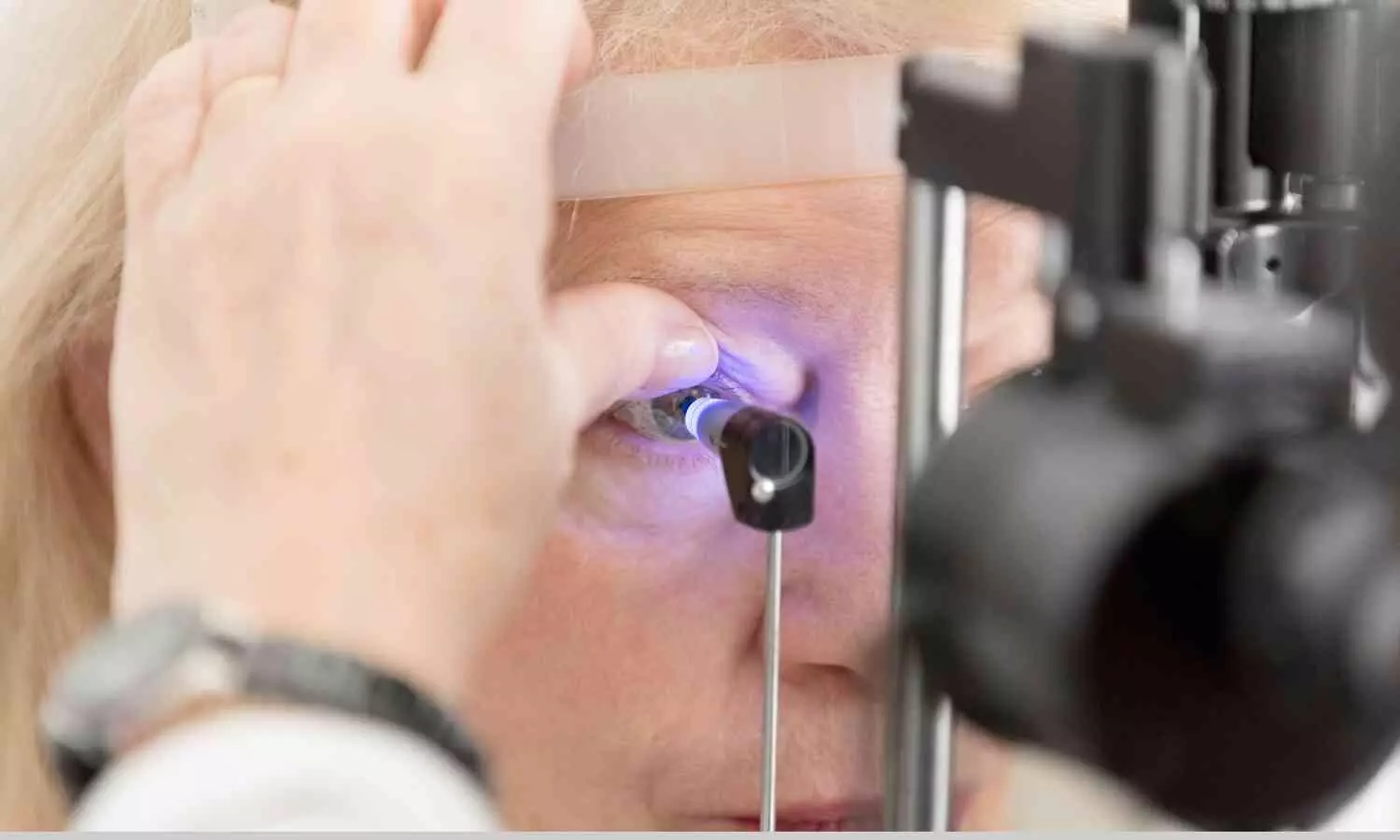
USA: The use of
statins to treat hyperlipidemia and high low-density
lipoprotein cholesterol (LDL-C) levels may increase the risk of
developing glaucoma, as revealed by a current study.
“Statin use was linked to a higher likelihood of glaucoma in the overall adult All of Us (AoU) population with hyperlipidemia, particularly in individuals with optimal or high LDL-C levels and those aged 60-69,” the researchers wrote in Ophthalmology Glaucoma.
“Findings suggest that statin use may be an independent risk factor for glaucoma, which may be affected by one’s lipid profile and age.”
High levels of lipids and LDL-C increase the
risk of having coronary artery disease, heart attack, and stroke. Statins are
first-line drugs given in cases of hyperlipidemia and high LDL-C levels which also pose the risk of having
glaucoma thereby damaging the optic nerve.
Against the above background, researcher
Samuel Y. Lee, David Geffen School of Medicine at UCLA, Los Angeles, CA USA, and
collogues investigated the association between statin use and glaucoma in the 2017-2022
ALL of Us research program.
From the electronic health record (EHR)
data in the AoU database, 79,742 adult participants aged ≥ 40 years with
hyperlipidemia were selected. Hyperlipidemia, glaucoma status, and statin use
were defined by diagnoses and medication information in EHR data collected by
AoU.
The association between statin use and
glaucoma likelihood was evaluated by Logistic regression analysis and also
to examine associations between glaucoma and all covariates included in the adjusted
analysis.
The severity of hyperlipidemia was assessed using serum LDL-C level. Analyses stratified by LDL-C level and
age were performed.
The study revealed
the following findings:
- 6,365
(8.0%) statin users were identified out of 79,742 individuals with hyperlipidemia
in AoU. - Statin use was
found to be associated with increased glaucoma prevalence when compared with
statin non-use (adjusted odds ratio [aOR]) - Higher serum
levels of LDL-C were associated with increased odds of glaucoma (aOR: 1.003) - Significantly
higher LDL-C levels were found in statin
users as compared to nonusers (144.9 mg/dL versus 136.3 mg/dL) - Analysis
stratified by LDL-C identified positive associations between statin use and
prevalence of glaucoma among those with optimal (aOR = 1.39) and high LDL-C
levels. (aOR = 1.37). - positive
association between statin use and prevalence of glaucoma in individuals aged
60-69 years (aOR = 1.28) as identified by Age-stratified analysis.
“Statins
pose an increased risk of glaucoma with potential influences from an individual’s
lipid profile and age,” said the researcher
Reference:
Lee, S. Y., Paul, M. E., Coleman, A. L.,
Kitayama, K., Yu, F., Pan, D., & Tseng, V. L. (2024). Associations between
Statin Use and Glaucoma in the All of Us Research Program. Ophthalmology
Glaucoma.
Powered by WPeMatico


